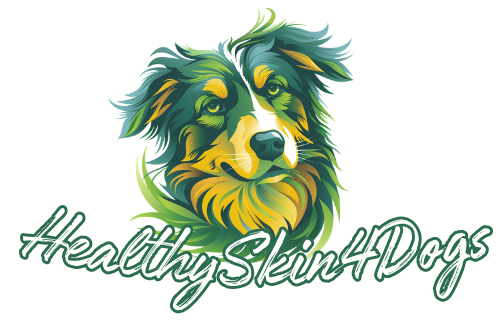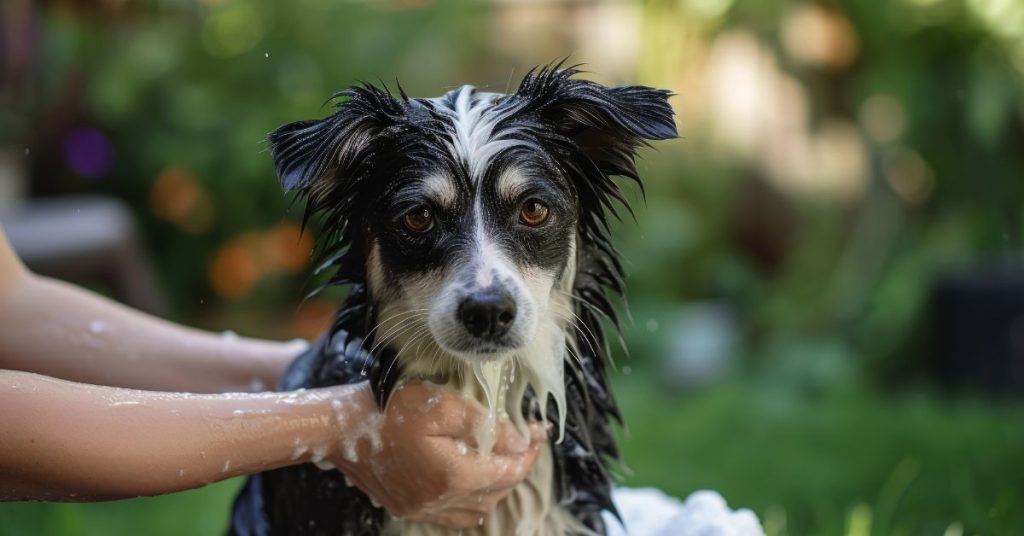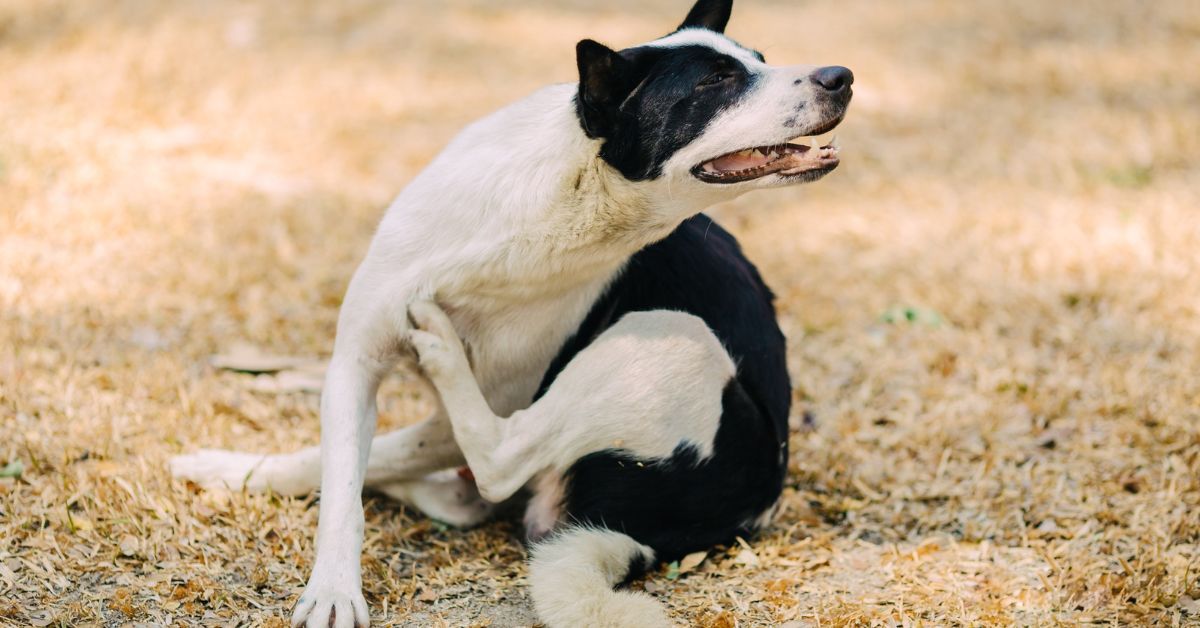As a dog owner, your top priority is your dog’s health and happiness. A crucial aspect of their well-being is the health of their skin. Like humans, dogs can have skin issues like dryness and irritation, as well as allergies and infections. In this blog post, we’ll explore dog skin care and highlight some common mistakes that pet owners unwittingly make. Understanding these pitfalls and avoiding them can help your dog’s skin stay healthy and radiant for years. Let’s look at the dos and don’ts of dog skin care!
Can Yeast
Can Yeast is a common concern for pet owners, particularly when it comes to identifying yeast dermatitis in dogs. This condition arises when an overgrowth of yeast affects the skin, leading to itching, redness, and discomfort. Proper diagnosis and treatment are essential to restore your dog’s health and happiness.
Most Common Dog Skin Care Mistakes
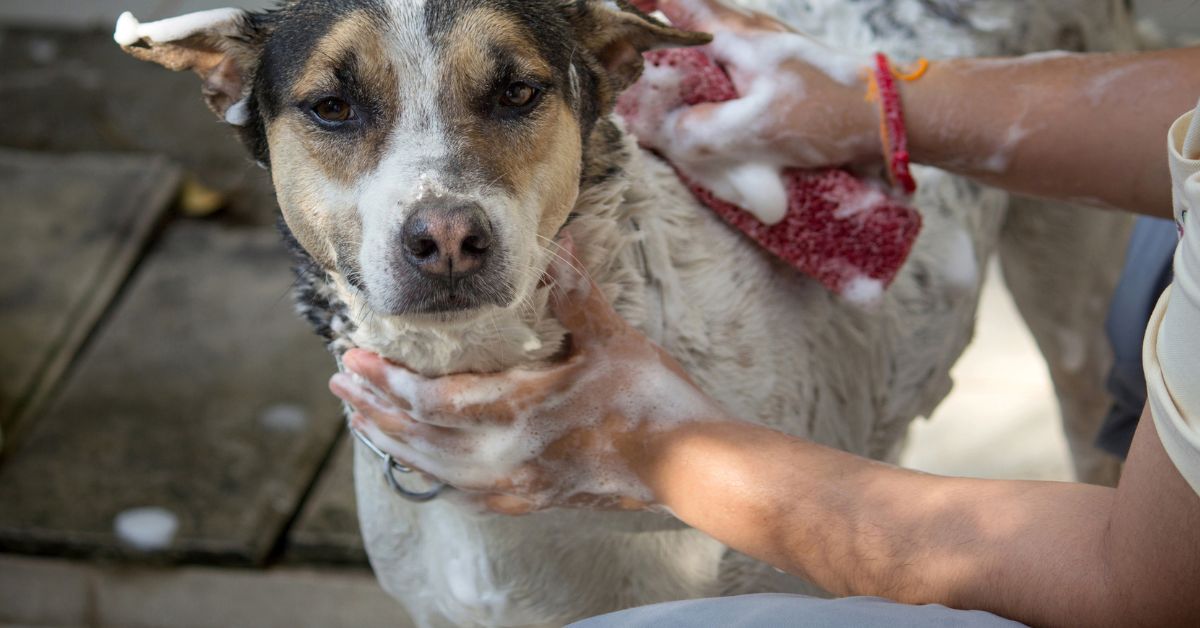
The following are some of the most common dog skin care mistakes that you should avoid.
1. Using Harsh Chemicals
When it comes to grooming your pet dogs, it’s tempting to reach for products that promise deep cleaning or shiny coats. Many commercial shampoos and skincare products contain harsh chemicals that can damage your dog’s skin.
Some chemicals, like sulfates and parabens, strip away natural oils, causing dryness, irritation, and even allergies. While your pup might smell good after a bath, their skin could be silently suffering.
Choose gentle, natural products specifically formulated for dogs to avoid this common mistake. Look for ingredients like oatmeal, aloe vera, and coconut oil that soothe and nourish the skin. The gentle care will help your dog’s skin stay healthy.
2. Over-Bathing
While keeping your dog clean is essential for their overall hygiene, over-bathing can actually do more harm than good. Bathing too much can strip your dog’s skin of its natural oils, causing dryness, itching, and irritation.
Baths depend on your dog’s breed, activity level, and skin type. Generally, most dogs only need to be bathed every 4-6 weeks, or even less for breeds with naturally oily coats.
Consider spot-cleaning with a damp cloth instead of reaching for the shampoo bottle at the first sign of dirt or odor. This will keep your dog’s skin naturally balanced and prevent it from getting too dry or irritated.
3. Ignoring Signs of Allergies
As with humans, dogs can suffer from allergies that cause skin problems. Redness, hot spots, and itching could be signs of allergies to foods, environmental factors, or grooming products.
The most common mistake pet owners make is to dismiss these symptoms as temporary or insignificant. If you don’t treat allergies, they can worsen over time and make your pet miserable.
Whenever you notice changes in your dog’s skin or behavior, consult your veterinarian if you suspect allergies. Using allergy testing, your vet can recommend appropriate treatment options, such as dietary changes, hypoallergenic grooming products, or allergy medications.
Treating allergies promptly prevents further skin issues from developing and alleviates your dog’s discomfort.
4. Skipping Regular Grooming
Dog grooming isn’t just for keeping them cute—it’s also for maintaining their overall health. The most common mistake pet owners make is neglecting regular grooming.
Cleaning your dog’s coat regularly prevents matting and tangling that can cause skin irritations. It also allows you to check your dog’s skin for abnormalities, such as lumps, bumps, and parasites.
Be sure to groom your dog regularly, including nail trimming, ear cleaning, and dental care. Neglecting these tasks can contribute to skin problems and other health issues down the line.
Regular grooming will benefit your dog’s skin, so make it a part of your pet care routine. In addition, grooming strengthens the bond between you and your pet.
5. Neglecting Sun Protection
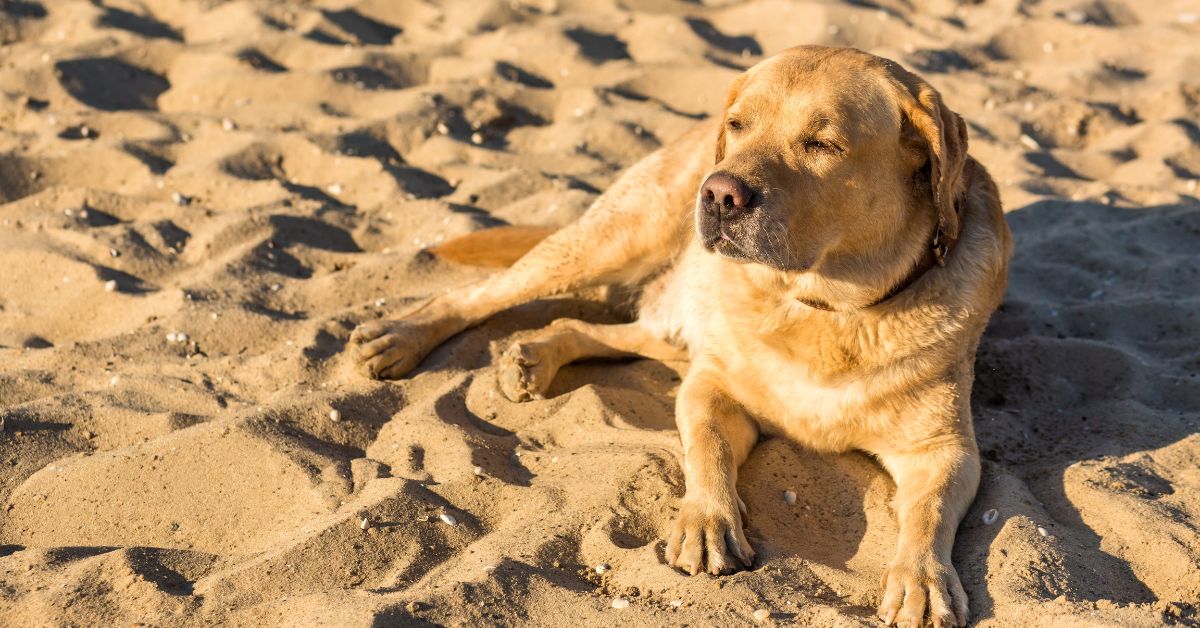
It may seem like dogs are naturally protected from the sun’s harmful rays by their fur, but they can still burn and suffer UV damage, especially in areas with thin fur.
Many pet owners forget to protect their dogs from the sun during outdoor activities or in sunny climates. Like humans, dogs can get painful sunburns, which can cause irritation, blisters, and even skin cancer.
Consider using dog-safe sunscreen if your dog has thin fur or exposed skin, like the nose, ears, or belly. Additionally, limit outdoor activities during peak sun hours and provide shade.
By protecting your dog from the sun, you can prevent painful sunburns and keep their skin healthy. Make sun protection a priority in your pet care routine to avoid this common mistake.
6. Dietary Imbalance
Diet plays an essential role in maintaining your dog’s skin health. Dogs need a balanced diet rich in important nutrients to stay healthy, including their skin and coat.
Pet owners often feed their dogs an unbalanced diet, which can lead to nutritional deficiencies or excesses that manifest as skin problems. The lack of essential fatty acids, such as omega-3 and omega-6, can cause dry, flaky skin.
Likewise, overeating certain nutrients, such as protein or fat, can also cause skin problems, including obesity. Furthermore, food allergies or sensitivities to specific ingredients can cause skin reactions like rashes, itching, and hot spots.
For optimum skin health, choose high-quality, balanced commercial dog food or consult a veterinarian or canine nutritionist to create a custom diet plan. Table scraps or homemade diets may lack essential nutrients or contain allergens or sensitivities.
7. Improperly Washing of Dog’s Inner Ears
Neglecting your dog’s inner ear hygiene can cause discomfort and health problems. Incorrect cleaning techniques or harsh cleaning products can exacerbate problems rather than solve them. A cotton swab or harsh chemicals may injure or irritate the delicate ear canal. Instead, opt for veterinarian-recommended ear cleaners formulated for dogs.
With a soft, damp cloth or cotton ball, wipe the outer ear canal and visible dirt, avoiding insertion into the ear canal. If you’re scratching your ear or it smells foul, you need to see a vet right away. If you take care of your dog’s inner ears, they’ll stay clean, healthy, and infection-free.
FAQs
Can I groom my dog every day?
Grooming your dog every day is not necessary and can actually be excessive. Over-grooming can strip away your dog’s natural oils, causing dryness and irritation. You will need to groom your dog depending on its breed, coat type, and activity level. Most dogs only require grooming every few days to weeks.
However, regular brushing and occasional baths can keep your coat and skin healthy. Consult with your veterinarian or a professional groomer for advice on grooming schedules.
Should I brush my dog wet or dry?
The best time to brush your dog’s coat is when it’s dry. If your dog has long or curly hair, brushing a wet coat can cause breakage and damage. You may have difficulty detangling wet hair without causing discomfort to your dog.
Use a wide-toothed comb to gently remove knots after bathing your dog’s coat before brushing it. Before brushing, make sure the coat is completely dry to prevent skin irritation.
Read More: Why is My Dog Loosing Hair
Final Thought
Your dog’s skin requires thoughtful attention and care. Your grooming routine, diet, and environment can contribute to your dog’s overall comfort and well-being. Regular grooming keeps your dog’s coat looking great and helps keep its skin healthy.
In addition, providing a balanced diet and protecting your dog from the sun’s harmful rays are important steps. Providing the best care for your dog is part of your commitment to their overall happiness and vitality.
